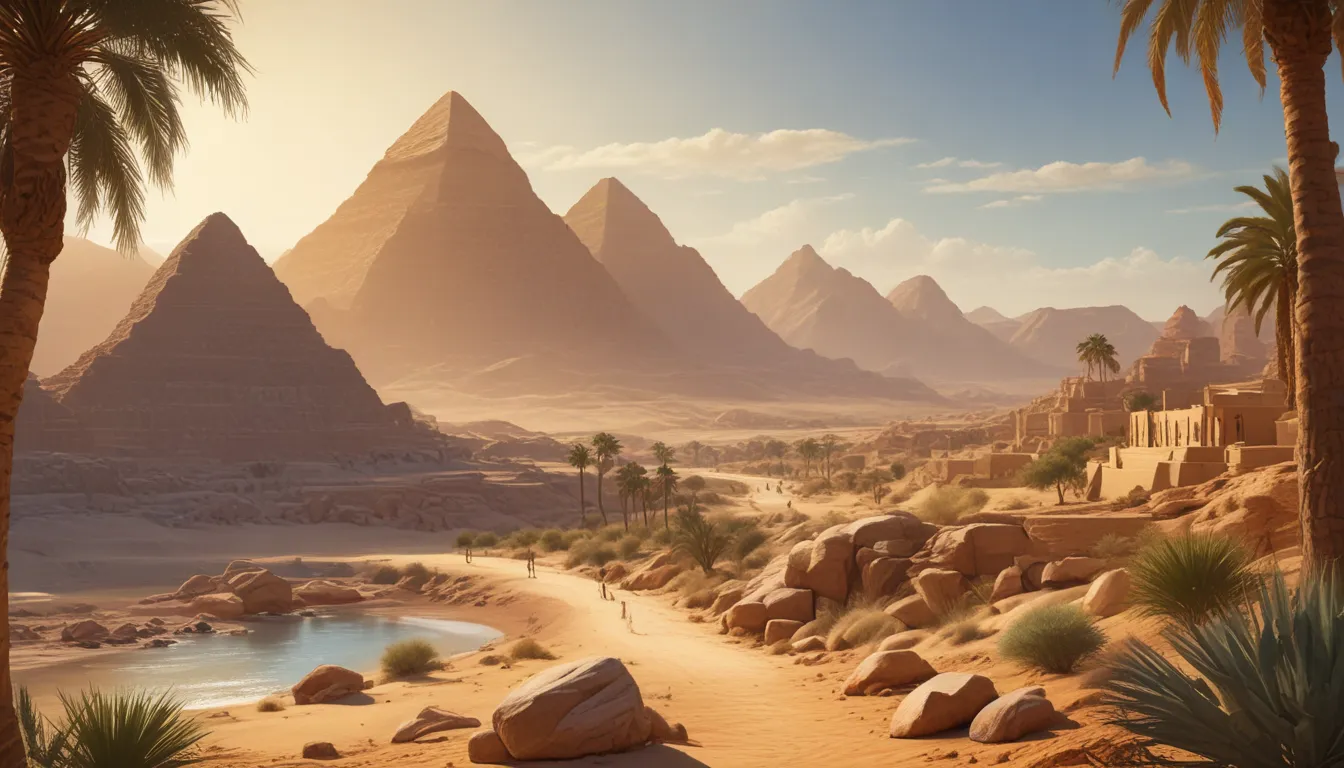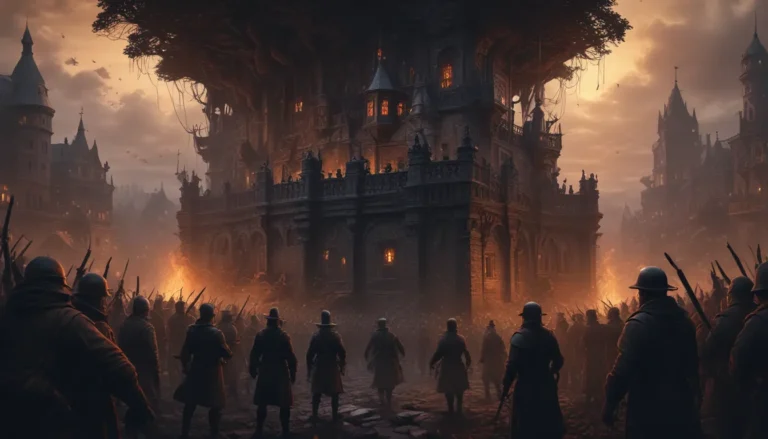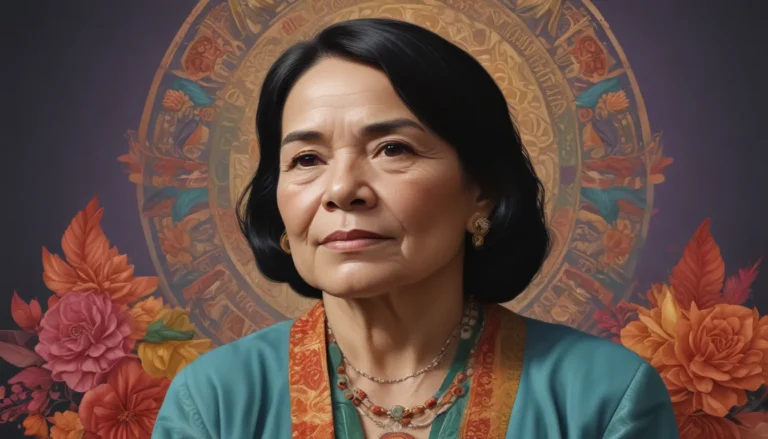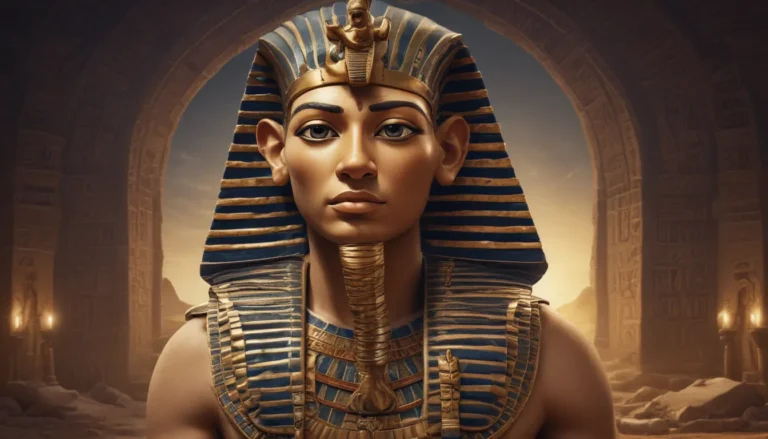The images in our articles may not match the content exactly. They are used to grab your attention, not to show the exact details in the text. The images complement the text but do not replace it.
Welcome to the Valley of the Queens, a place of profound historical significance and unparalleled beauty nestled near the ancient city of Thebes in Egypt. This renowned site served as the final resting place for many queens and royal children during the New Kingdom period, approximately 1550-1070 BCE. As we embark on an enlightening journey through the captivating history and allure of the Valley of the Queens, we will uncover intriguing insights into the lives of ancient Egyptian royalty and the enduring legacy of this extraordinary site. From the stunning tombs adorned with intricate artwork to the stories of the remarkable women who were laid to rest here, the Valley of the Queens offers a compelling glimpse into the ancient world and the enduring power of its cultural heritage.
Unveiling the Rich History of the Valley of the Queens
Situated on the west bank of the Nile River near Luxor, Egypt, the Valley of the Queens is renowned for its association with Egyptian royalty and its magnificent tombs. This captivating site is home to over 90 known tombs, constructed for queens, princesses, and high-ranking officials during the New Kingdom period of ancient Egypt. One of the most famous tombs in the valley is the resting place of Queen Nefertari, the favorite wife of Pharaoh Ramesses II, celebrated for its stunning and well-preserved wall paintings.
The Valley of the Queens is also referred to as Biban el Harim, meaning “the place of the harem,” highlighting the belief that many tombs in the valley were constructed for the queens and princesses of the New Kingdom. Known in ancient times as Ta-Set-Neferu, meaning “the place of beauty,” the valley’s name reflects the reverence and appreciation for its stunning natural surroundings.
The Artistic Marvels of the Valley of the Queens
The Valley of the Queens is a UNESCO World Heritage Site, recognized for its outstanding universal value and the need for its protection and preservation for future generations. The tomb of Queen Nefertari is considered one of the most beautiful in Egypt, adorned with intricate and vibrant wall paintings that showcase the artistic and architectural prowess of ancient Egyptian craftsmen. Many of the tombs in the valley feature intricate and symbolic decorations that offer valuable insights into the religious beliefs and funerary practices of ancient Egypt.
The valley is known for its colorful and well-preserved wall paintings that depict scenes from the afterlife, providing a glimpse into the ancient Egyptian beliefs regarding the journey to the underworld. Exploring the tombs and their elaborate decorations offers a profound understanding of the culture and customs of this ancient civilization.
Captivating Discoveries and Timeless Grandeur
The Valley of the Queens continues to yield new discoveries through ongoing excavations and research, contributing to a deeper comprehension of the site’s historical importance and the individuals laid to rest within its tombs. Surrounded by majestic cliffs and the tranquil waters of the Nile, the valley offers a serene and awe-inspiring setting that exudes a profound sense of ancient grandeur and mystique.
The tombs in the Valley of the Queens vary in size and architectural style, reflecting the varying status and roles of the individuals interred within them. The site has captured the imagination of artists and scholars for centuries, inspiring numerous works of art, literature, and scholarly research that highlight its allure and historical significance.
Preserving the Legacy of Ancient Egypt
The Valley of the Queens serves as a testament to the enduring legacy of ancient Egypt, ensuring that the remarkable achievements and cultural heritage of this ancient civilization remain accessible to future generations. The meticulous construction and adornment of the tombs underscore the profound reverence for the afterlife in ancient Egyptian society, emphasizing the significance placed on the journey to the next world.
Visitors to the Valley of the Queens are invited to embark on a captivating journey through the annals of ancient Egyptian history, shedding light on the remarkable civilization that once thrived along the banks of the Nile. This extraordinary valley continues to captivate the imagination of visitors and scholars alike, offering a profound glimpse into the lives and traditions of Egyptian royalty.
Conclusion
In conclusion, the Valley of the Queens stands as a testament to the rich history and cultural heritage of ancient Egypt, offering a poignant reminder of the enduring legacy of the queens of this remarkable civilization. The site’s sacred tombs, magnificent artistry, and captivating history continue to fascinate and inspire visitors from around the world. As we unravel the mysteries of this extraordinary site, we gain a deeper appreciation for the lives and traditions of ancient Egyptian royalty.
FAQs
What is the significance of the Valley of the Queens?
The Valley of the Queens holds immense historical and cultural significance as the final resting place for many queens and royal children of the New Kingdom period in ancient Egypt. The elaborate tombs and stunning artwork within them provide valuable insights into the lives and beliefs of these prominent figures.
Are the tombs in the Valley of the Queens open to the public?
Yes, several tombs in the Valley of the Queens are open to the public, allowing visitors to marvel at the well-preserved art and architecture within. However, access to specific tombs may vary due to ongoing preservation efforts and restoration work.
Our Commitment to Quality Content
Our commitment to delivering trustworthy and engaging content is at the heart of what we do. Each fact on our site is contributed by real users like you, bringing a wealth of diverse insights and information. To ensure the highest standards of accuracy and reliability, our dedicated editors meticulously review each submission. This process guarantees that the facts we share are not only fascinating but also credible. Trust in our commitment to quality and authenticity as you explore and learn with us.






